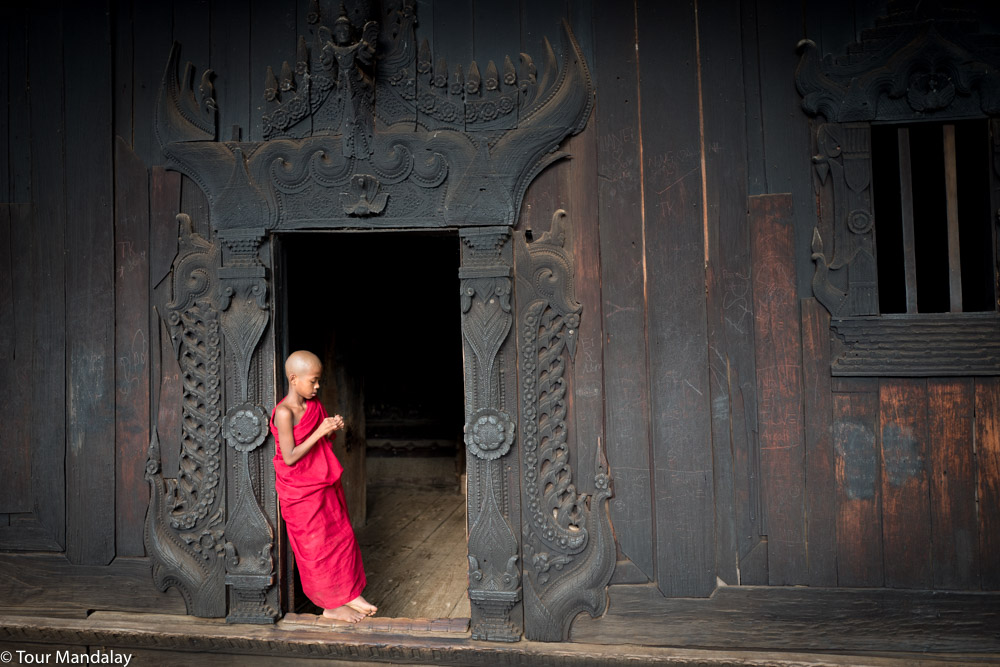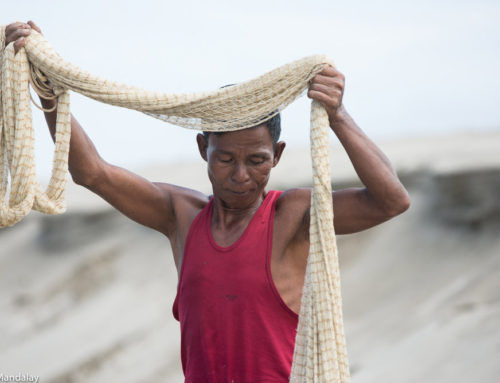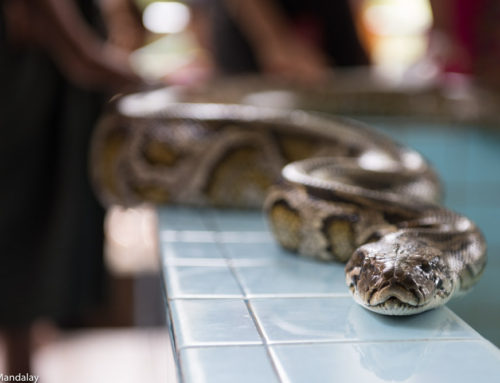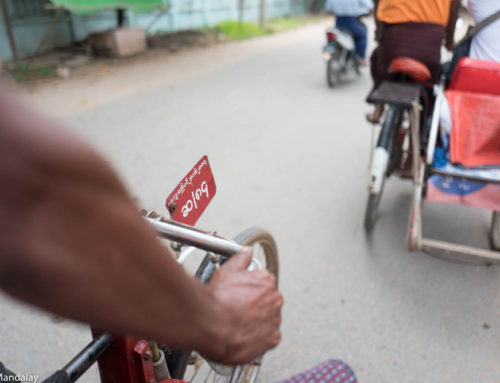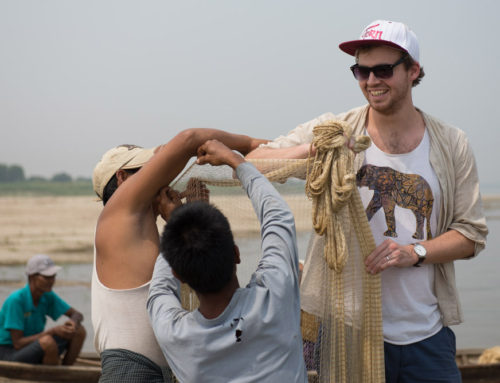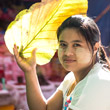THREE ROYAL KINGDOMS

![]() OVERVIEW
OVERVIEW
In Myanmar, the name Mandalay is synonymous with royalty. Not only was the city itself the last royal capital, but just a stone’s throw away, you will also find the ancient royal capitals of Ava, Amarapura and Sagaing. During the course of this full day tour, we’ll aim to provide a comprehensive overview of this historically exciting region and a sense of the immense grandeur that once was.
![]() PACE
PACE
Easy going
![]() TOUR PERIOD
TOUR PERIOD
Full day
![]() HIGHLIGHTS
HIGHLIGHTS
- Explore the Mandalay region’s three royal kingdoms in one day.
- Visit a 1.2-kilometre bridge, built using reclaimed teakwood from the former royal palace.
- Explore the ancient capital of Ava on a horse drawn cart, a city that has interestingly been the capital of Myanmar on five separate occasions.
- Finish the day at the religious capital of Myanmar, Sagaing, also a former royal capital but for a much shorter time of three years.
![]()
ITINERARY IN DETAIL
(Click to read)
After breakfast, you’ll set off at an agreed time from your hotel (or a place of your choosing) to explore the ancient capitals of Amarapura, Ava and Sagaing.
Our first stop will be Amarapura, founded by King Bodawpaya in the 18th century, 1783 to be precise. Home of the King aside, the former capital played an important role in Buddhist reforms and learning, but its initial success was short lived when it was destroyed by fire in 1810.
The court was eventually moved back to Ava (for the fifth and final time) by King Bagyidaw in 1821. Shortly after Ava was destroyed by a series of earthquakes, King Bagyidaw’s successor, King Tharrawaddy, re-established the royal capital at Amarapura in 1842. It remained the royal capital until the penultimate King of Myanmar, King Mindon, completed the construction of Mandalay in 1859. Due to the entirety of the palace being dismantled and moved by elephants, and the city walls having been pulled apart to help with the construction of roads and railways, today little evidence remains of Amarapura’s time in the spotlight.
That’s not to say a trip here is no longer worthwhile; this is where you’ll find the country’s best silk, bronze casting workshops, numerous working monasteries and the longest teakwood bridge in the world. At 1.2 kilometres long, U Bein Bridge is made up of hundreds of pillars stretched out across the waters of Taung Tha Man Lake. Names after the mayor who had it built, the architectural brilliance of this needs to be seen to be believed. We’d personally recommend walking across the entire span and back, although it is also possible to appreciate from the comfort of a boat (please be aware that there will be an extra charge for this service).
As we travel towards our next destination, there may be time to stop at a nearby monastery to converse with practising monks; not wanting to get in the way of them eating their last meal of the day (this usually takes place at 10:30 – 11:00), it may be necessary to drive on and leave them to it.
Travelling approximately 40 minutes northwest by car, our next stop will be Ava (also known as Inwa), which was the capital of Myanmar a whopping five times between the 14th and 19th centuries.
To reach Ava, it will be necessary to take a short ferry journey across Myitnge River. Once over, hop into a horse cart and explore the ancient capital’s ruins the old fashioned way (be warned, it will be a little bit bumpy!). Having been Myanmar’s capital over three different periods (Ava, Toungoo and Konbaung), you quickly notice a mishmash of distinct architectural styles; some of the best examples include the following, all of which we will try to fit in during our time here.
Nanmyin Watch Tower – This recently restored, ghostly watch tower is the only building left of the former royal palace. When you realise that little remains of Myanmar’s royal past, this is a very special, whilst at the same time poignant sight to behold.
Bagaya Kyaung – Built in 1834, this creaky monastery is made entirely from teakwood. Having survived multiple earthquakes, World War II and seasonal monsoon showers, it is incredible to think the structure is still standing, let alone operating as a small school. As you circle the monastery’s surrounding platform, keep an eye out for the intricate carvings and floral arabesques that grandly adorn the monastery’s exterior.
Me Nu Ok Kyaung – Also known as Maha Aungmye Bonzan, this brick-built monastery was built by King Bagyidaw’s wife, Queen Me Nu in the early 19th century. Damaged by an earthquake in 1838, it stood partially ruined for close to 40-years until one of Queen Me Nu’s daughter, Queen Mindon, ordered for it to be restored. You’ll find very few brick monasteries in Myanmar, especially of this age; this alone makes a visit to Me Nu Ok Kyaung well worthwhile.
Yadana Hsimi Paya – Although little detail is known about this history of this earthquake damaged pagoda complex, a trip here never fails a great way to quickly get a sense of Ava’s unfortunate but once remarkably regal past.
Returning back to Ava’s riverside entrance, take the ferry across and reconvene with your driver. We’ll then continue to the final destination of our tour, Sagaing. As we drive over the Irrawaddy, you will notice two bridges; one is Ava Bridge, a 16 span cantilever bridge that was built by the British in 1934. History enthusiasts may wish to try Googling, ‘Hawker Hurricane Mk II Ava Bridge’ to view an image of the iconic aircraft flying beside the bridge during a low-level reconnaissance sortie in March 1945; if you cannot access internet through your own mobile device, feel free to ask your guide.
Sagaing first rose to prominence in the 14th century when it became the capital of Sagain Kingdom. During the Ava Period (1364 – 1555), the city was the common fief of crown or senior princes. It was not until 1760 that it became a royal capital, although this only lasted for three years under the short reign of the young King Naungdawgyi.
Now the country’s most important religious and monastic centre, the area is home to hundreds of temples and pagodas, each distinct in size, colour and shape. Peering over them all on the summit of Sagaing Hill is Soon U Ponya Shin Pagoda, an immaculately preserved monument that is thought to date back all the way to the early 14th century. If you are keen to learn more about Buddhism to Myanmar, there is no denying that this is one of the best places to ask questions. For many however, the highlight of a climb up here is likely to be the view of the Irrawaddy River and beyond.
Take a short walk north of here and you will find U Min Thonze Paya, or 30 caves pagoda. Inside is a crescent shaped platform of 45 sitting Buddha images, which appear to repeat infinitely into the distance depending on the angle they’re viewed. As one of the most photographed sites in Myanmar, it would be wise to make sure you still have some juice left in your camera battery.
Having hopefully enjoyed a day fit for a Myanmar King and Queen, return to your hotel in Mandalay (or a place of your choosing) by car.
![]()
INCLUSIONS
- Transportation to/from hotel in an air-conditioned vehicle
- All entrance and zone fees
- Horse cart ride in Ava
- English speaking tour guide (for other languages, please enquire)
- Drinking water and hand towel
![]()
EXCLUSIONS
- Any meals
- Any services not mentioned
- U Bein Bridge boat fee
![]() NOTES
NOTES
- You will be expected to remove your shoes when entering temples – wearing footwear that is easy to take on / off is highly recommended.
- A supplementary fee may apply on certain days – Tour Mandalay will inform you of this beforehand.
![]() PRINT
PRINT
![]() LOCATION
LOCATION

